Currently Empty: ₹0.00
Ranina : The Kantha Series
Ranina, is our exclusively curated collection of Bengal Kantha work cotton blouse pieces, hand embroidered by the artisans of West Bengal. The designs speak stories inspired by nature and depicts social life in rural areas. The stories are represented either with elaborate negative space design patterns achieved through ‘Reverse Kantha Stitches’ to classic ones done using ‘Straight Kantha Stitches’ in a repetitive or thematic design patterns in monochrome and multi-colored combinations using cotton threads. These aesthetic Kantha blouse pieces are versatile and can be paired with different colored sarees like cotton, linen, etc.
To add a touch of festivity to your every day attire – be it formal or casual do make a pick from our exclusively curated collection of hand embroidered cotton blouse pieces, Ranina – The Kantha Series!”
SIZE GUIDE
| SIZE | XS | S | M | L | XL | XXL |
|---|---|---|---|---|---|---|
| BUST | 88 | 89 | 90 | 91 | 92 | 93 |
| WAIST | 55 | 56 | 58 | 59 | 62 | 65 |
| HIPS | 90 | 92 | 94 | 95 | 96 | 98 |
| SIZE | XS | S | M | L | XL | XXL |
|---|---|---|---|---|---|---|
| BUST | 60 | 62 | 65 | 66 | 68 | 69 |
| WAIST | 50 | 55 | 58 | 62 | 65 | 66 |
| HIPS | 80 | 82 | 85 | 86 | 88 | 89 |
1 in stock
Description
Tarangayita – This Hand Embroidered Bengal Kantha Cotton Blouse Piece on Red Base depicts waves in multiple colors in continuous pattern. Blouse piece has overall hand embroidered design pattern. Fabric can accommodate single blouse for size upto 44 inches.
Product Details
Title – Kantha Blouse Piece
Weaving Technique – Machine woven base fabric
Surface Ornamentation – Hand Embroidery
Fabric – Pure Cotton
Color – Red Base
Zari – NA
Length – 95 to 98 cms
Width – 30 to 32 inches
Wash care – Gentle Hand Wash with like colors. No Soaking. No Rubbing. No Wringing. Do not use Brush.”
Disclaimer
“Uneveness or irregularity – tracing markings or loose threads or misses in embroidery is the charateristic mark of artisanal products.
Product pictures are without any filters but appearance of color may vary in shade from screen to screen or even image to image due to variation in natural lighting.
Note: Last picture is closest to the actual product color.
More about art & artisans
“Kantha Hand Embroidery is widely practiced in West Bengal, Odisha, Tripura and Bihar. It is an ancient surface ornamentation technique originated in the households of Bangladesh earlier known as East Bengal, which was then part of undivided India. Kantha was not monetized then and was practiced by all classes of women as a leisure activity. Therefore, its completion often took months to years’ time. The hand embroidered pieces were passed down to younger generation as a learning or a symbol of affection from their loved ones especially from Mothers. Kantha faced a major setback during partition of India in 1947. In 1971, post Bangladesh Liberation War, Kantha was eventually revived as a traditional craft and developed into commercial industry.
Kantha craft is approximately 500 years old, and emerged as a way of recycling and reusing of clothes such as sarees, dhotis, dupattas etc. which were layered one over the other secured with basic running stitches and made into hand embroidered quilts or other household utility items. Apart from straight running stitches, fabric patches which were cut into various shapes and sizes were embroidered together creatively using cotton threads. Women often incorporated their imagination and beliefs created stories around mythology, nature and folklore. Daily lives of the women were the primary inspiration behind the craft. Folk scenes, birds, animals, flowers, fishes etc were some of the design elements used extensively to create beautiful utility items such as – bed spreads, blankets, cushions, organizers etc. Apart from the darning stitch, today the modern Kantha industry incorporates several stitches including stem stitch, satin stitch, loop stitch etc. Over the time, more intricate hand embroidered pattern emerged that is ‘Nakshi Kantha’. Different types of kanthas sewn are categorized basis their type namely Lep Kantha, Durjani Kantha, Archilata Kantha, Sujani Kantha etc. The Kantha embroidery has evolved from a practical craft to an art form. Today, artisans trace an elaborate design over the fabric and embroider parallel stitches adjusting the density of stitches in pre-decided color scheme. Initially, cotton was the preferred choice as base, today array of fabrics from silks to crepes are used as well. The Kantha industry has given source of income and provided employment to the rural women but like in every handicraft sector low-wages are the concerning issues of the artisans and artisanal communities.
A significant milestone in Kantha’s journey came in when ‘Nakshi Kantha’ became the first handicraft from West Bengal to receive a Geographical Indication (GI) tag in 2008.”


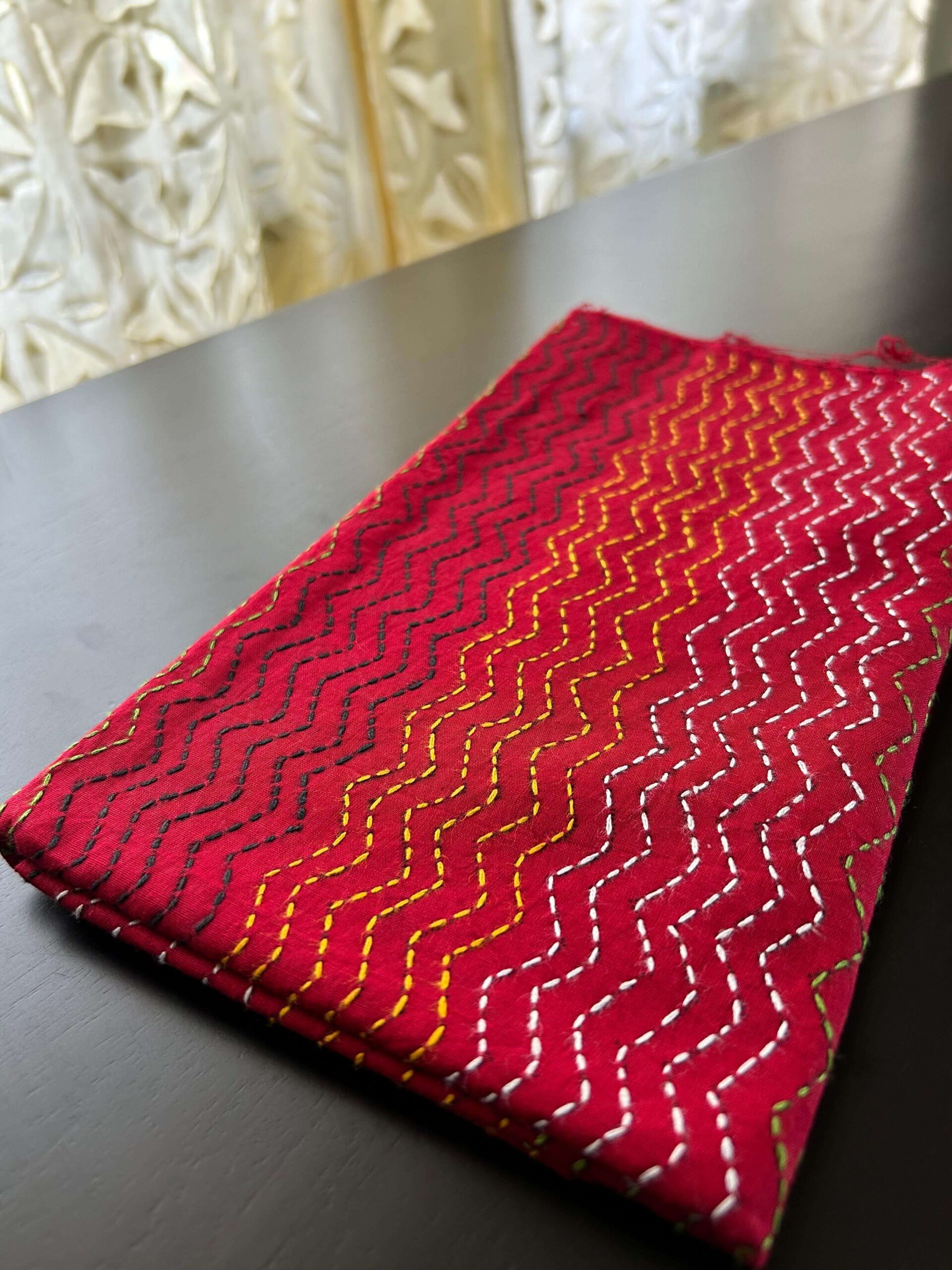
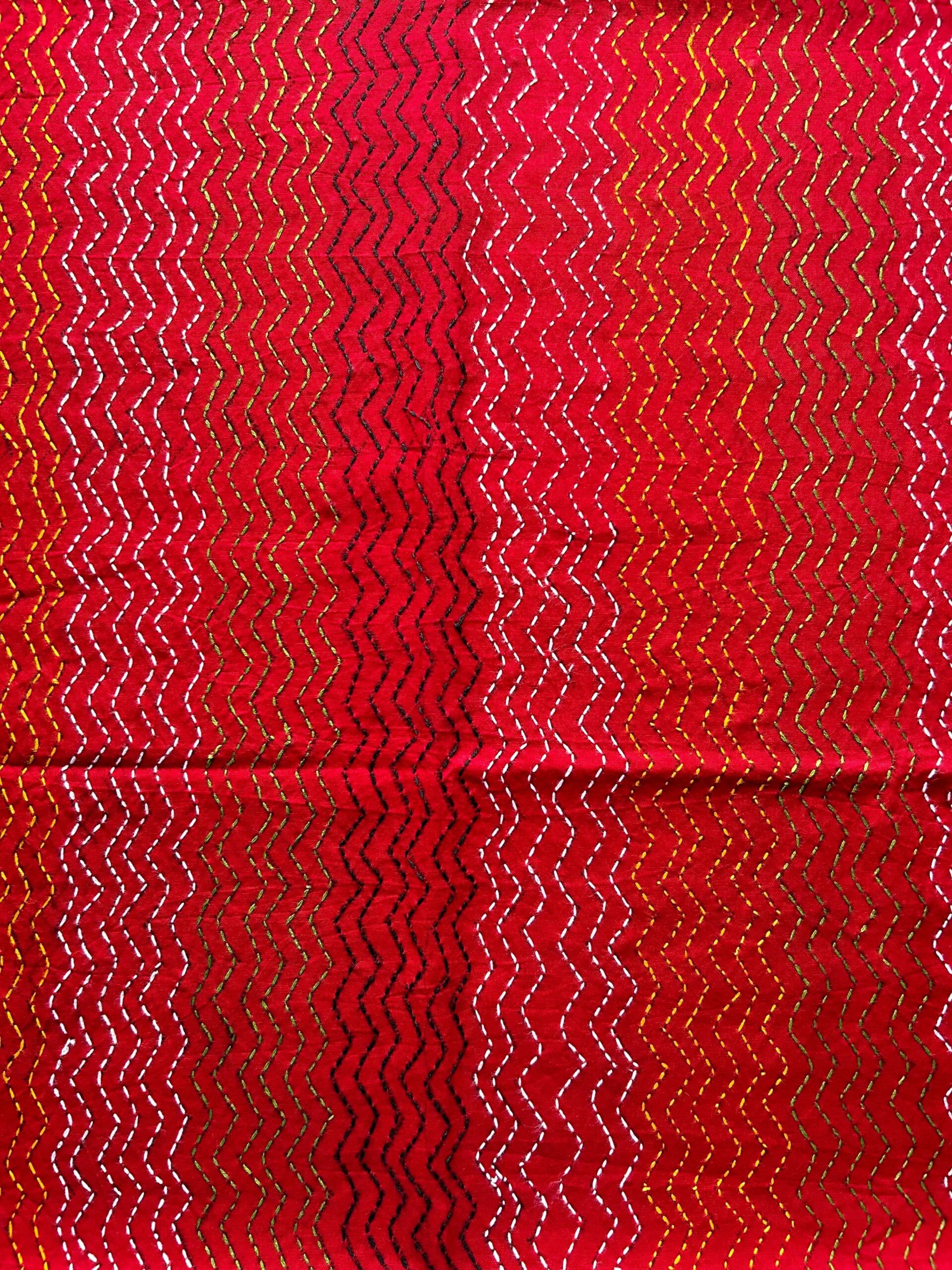
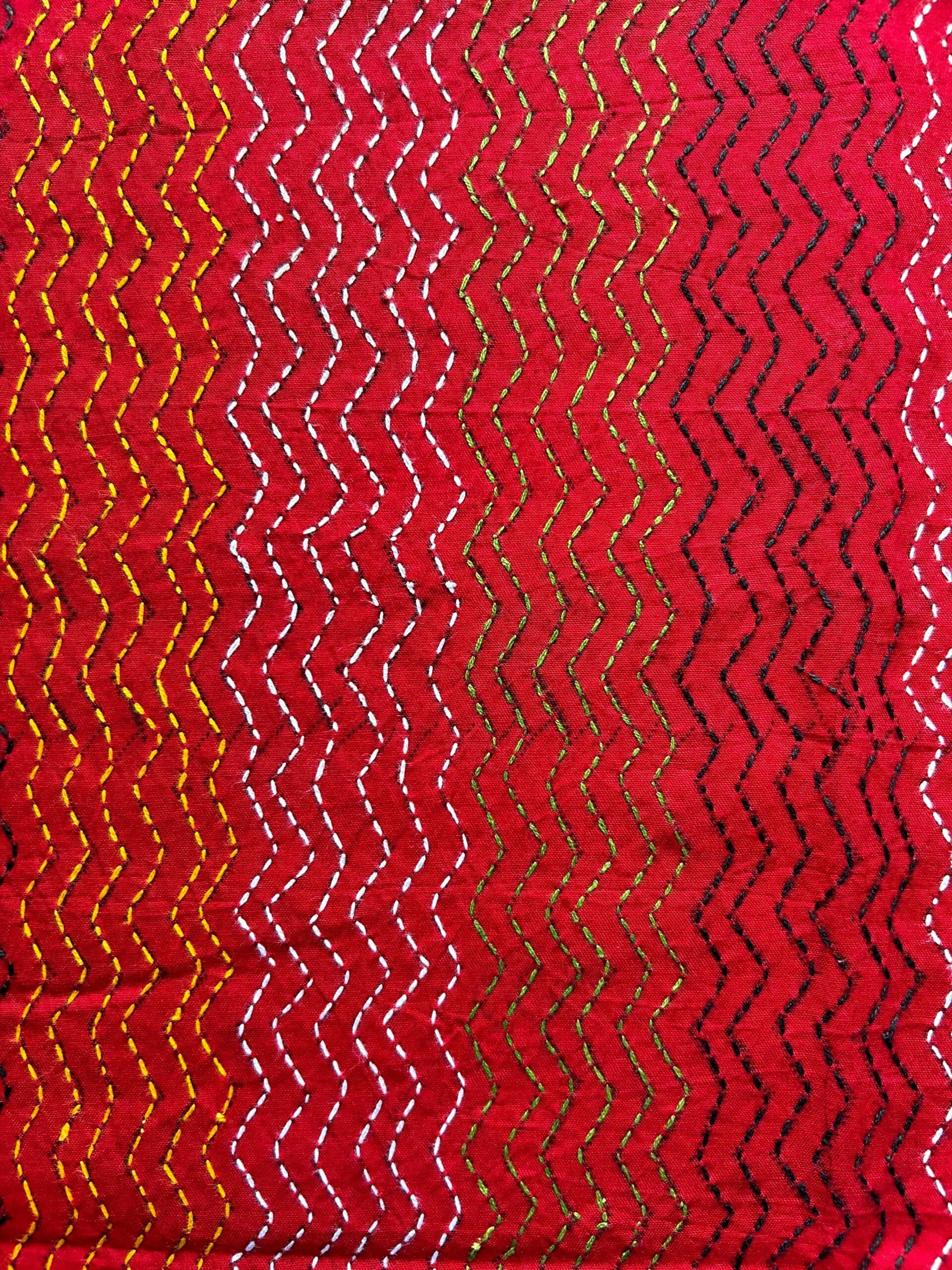
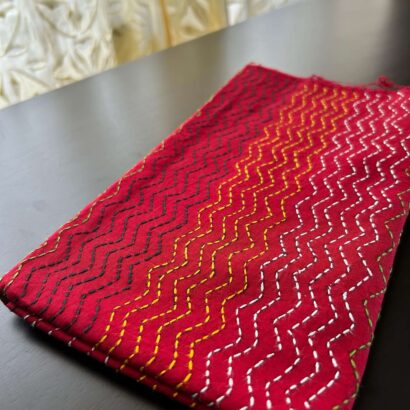
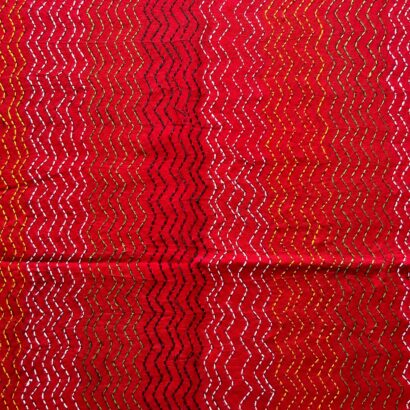
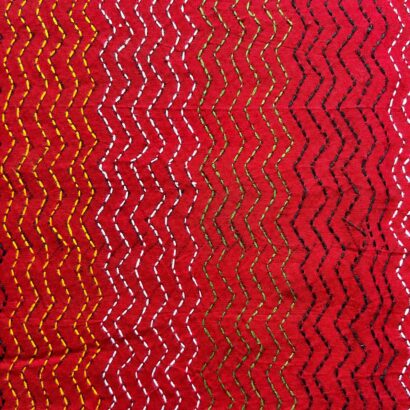
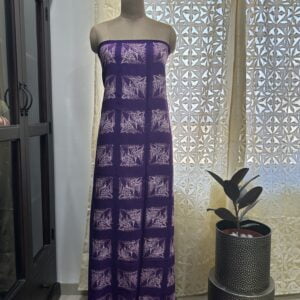
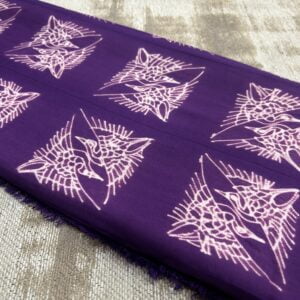
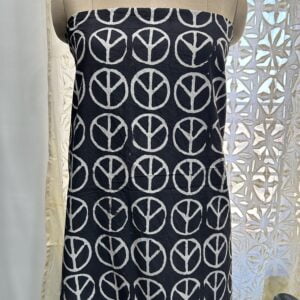
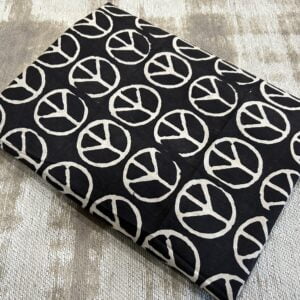
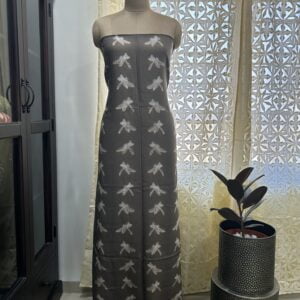
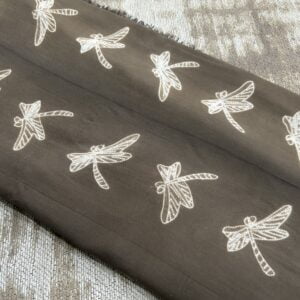
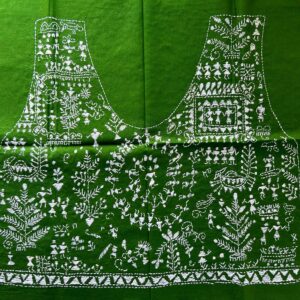
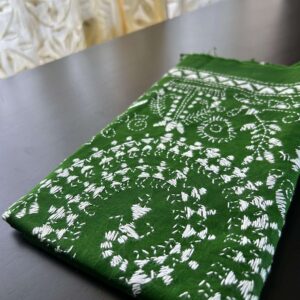



There are no reviews yet.